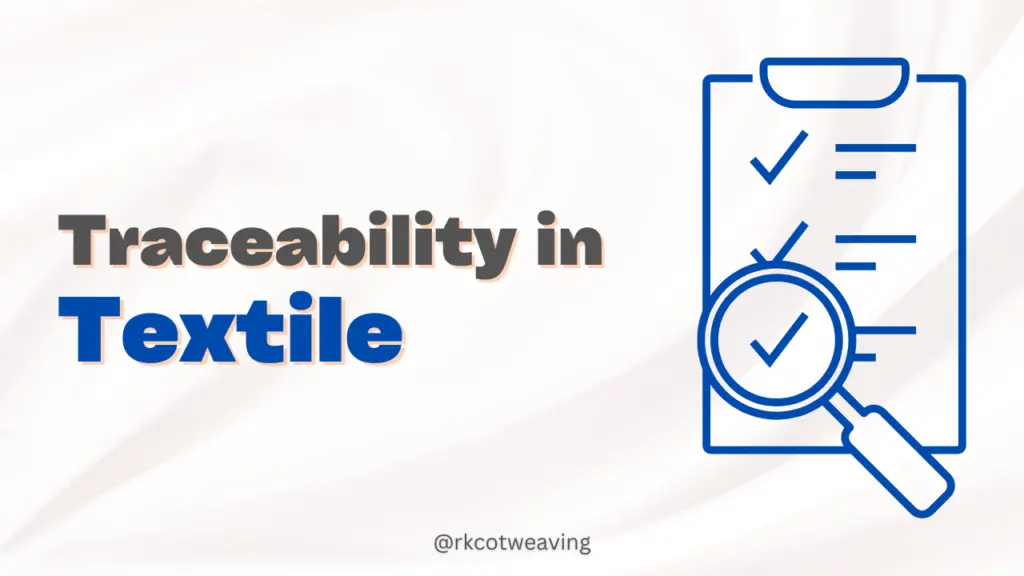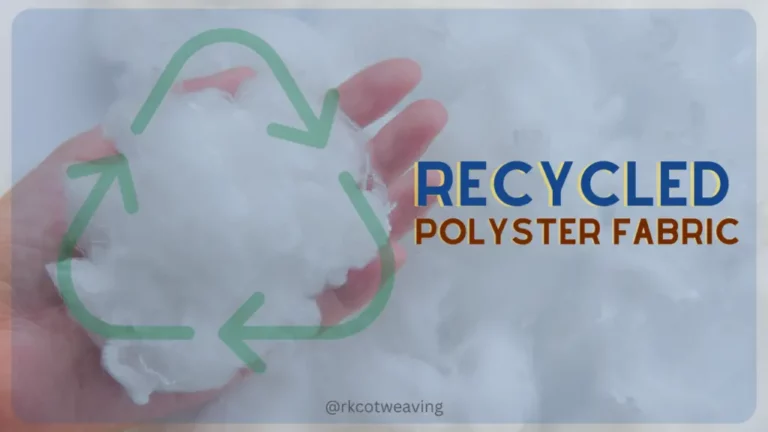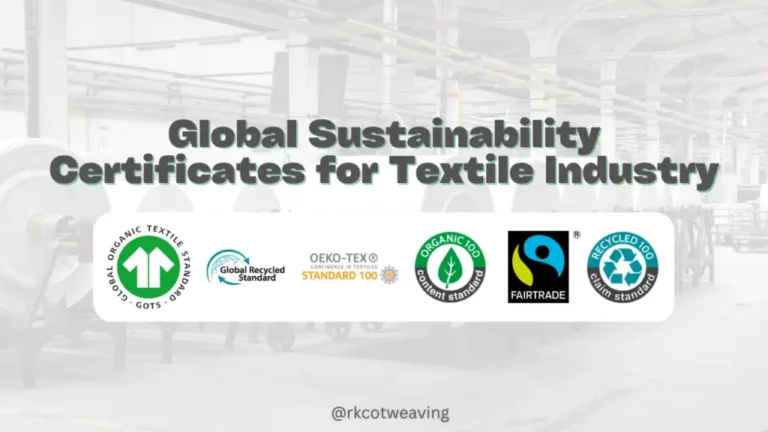Traceability in Textile

Within the fashion industry and its ever-changing environmental, social, and political landscape, sustainability remains a “hot topic.” As more manufacturers, brands, and retailers launch products labelled “eco-conscious,” “environmentally friendly,” or “sustainable,” the number of greenwashing accusations rises. Companies ranging from household names to fast-fashion retailers and luxury brands have been called out for greenwashing in various forms, such as false product material labelling and misleading sustainable claims.
Today’s customer is focused on basic needs rather than frivolous spending, which has influenced the fashion, apparel, and textile industries as a whole. With the rise of more sustainable business practices, the growth of the fast-growing fashion market has slowed. Today’s customer wants to know who made the product, who will benefit from it, as well as the origin, materials, and history of the product. Traceability enters the picture in such a case.
Traceability refers to the ability to track a product’s entire lifecycle, from raw material to consumer, disposal, and recycling (if done). Traceability information conveys not only the source location but also the effects of the product on the environment and people in society. Traceability in general promotes a more transparent textile supply chain.
To go from raw material to finished product, textiles require water, energy, chemicals, and machinery. The consumption of water, energy, and chemicals varies by fiber, and it must be attempted to use fibers that use the least amount of water and energy to promote sustainable growth. However, when we look at the global market, cotton and polyester consume and are used the most.
According to one report, cotton supports a USD 3 trillion global fashion industry. Despite the high demand for cotton, producing conventional cotton for a single T-shirt requires 2700 liters of water. The environmental consequences of such high water consumption are equally devastating; in 2014, the Aral Sea was discovered to be dry due to cotton cultivation. Because of the high environmental impact, it is necessary to seek alternatives such as organic cotton, which consumes 182 liters/kg versus 2120 liters/kg for conventional cotton, or other alternative natural fibers.
Polyester is also one of the most widely used materials, with a market value of $42,400 million expected by 2024, with consumption increasing at a CAGR of 4.0%. Polyester, on the other hand, is one of the most energy-intensive fibers, requiring 125 MJ of energy per kg and emitting 14.2 kg of CO2 per kg, resulting in significant environmental impacts. As a result, alternatives such as recyclable polyester must be investigated. The global supply chain must be curved, and customers must be made aware of the environmental impact of these widely used fibers.
When you consider the complexity of the global supply chains that brands and retailers work within, misleading claims become even more prevalent. Because globalized mass production is still the norm in the fashion industry, the immediate need for greater transparency is only exacerbated. Traceability across the entire supply chain, from the yarn spinner to the retailer, is therefore critical for a truly sustainable fashion industry. Manufacturers and brands can establish a clear overview of how, where, and with which materials the garment is made only by allowing complete visibility at every stage of garment production.
A transparent overview not only aids in the fight against greenwashing, but it also fosters the strong trust required by all stakeholders in order to build credible sustainability credentials. As a result of the pandemic, manufacturers are gaining visibility into their supply chains through technological solutions. Market offerings that aid in the verification of the origins of fiber materials or fabric production have now made it easier for manufacturers and retailers to achieve greater transparency in their supply chains.
Traceability may be one of the requirements for achieving sustainability. However, given the dispersed nature of the textile sector’s supply chain, it is extremely difficult for brands to keep the supply chain transparent if traceability initiatives are not implemented by the raw material producers. As a result, the major issues for traceability are as follows.
Dispersed Textile Supply Chain
It becomes extremely difficult due to the widely dispersed supply chain. India is a major cotton producer, Australia is a major wool producer, and the source of various raw materials varies as well. China and India are major yarn producers. Vietnam is the leading yarn producer. China, Bangladesh, Vietnam, and Germany are major fabric producers, with Germany being a major knitted fabric producer. Because of the highly dispersed textile and apparel supply chain, it is very likely that a fabric will travel all over the world before reaching the final customer. As a result, implementing traceability in the supply chain is difficult.
Global Poverty
One of the most difficult issues in implementing traceability into this complex supply chain is increasing the price per cloth. According to a recent survey, nearly 689 million people are living on less than $1.90 per day. The high price of the clothes may be prohibitively expensive for such a large population living in poverty. Given that organic cotton is 20-30% more expensive than conventional cotton, recyclable polyester is also more expensive than conventional polyester. If traceability is implemented, the net cost of a garment will increase.
Sustainability is a multifaceted concept that combines the economic, social, and environmental aspects of a product from cradle to grave. Various textile brands have pursued various sustainability initiatives in this direction, such as incorporating sustainability into corporate social responsibility, green/compliance certification, and designing products based on the cradle to cradle concept. In this regard, traceability is one such initiative that has been regarded as a critical component for pursuing various aspects of sustainability. This integration increases supply chain visibility, transparency, and accountability, thereby supporting sustainability claims. In fact, sustainability is based on parameters, many of which are information-based and cannot be verified or claimed through lab-based cross examination of the product; rather, they are based on proper information management for claim and verification. Traceability is a fundamental requirement, particularly for information-based aspects—it retains the links between various components of information so that various sustainability claims can be verified; thus, it provides the ability to trace back the product history and then authenticate the claims. Furthermore, traceability is an important component in the post-sale and post-use phases, providing critical information to reduce product impact.







